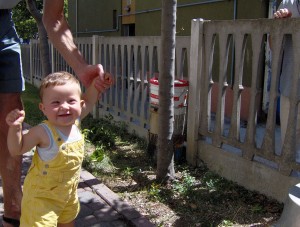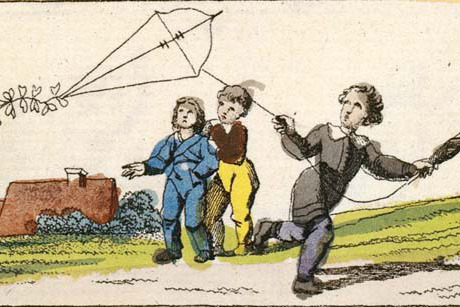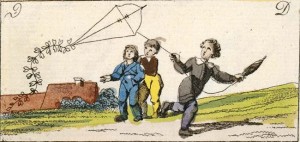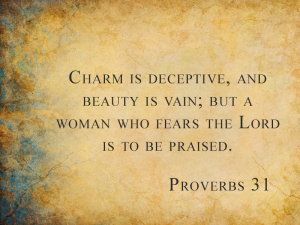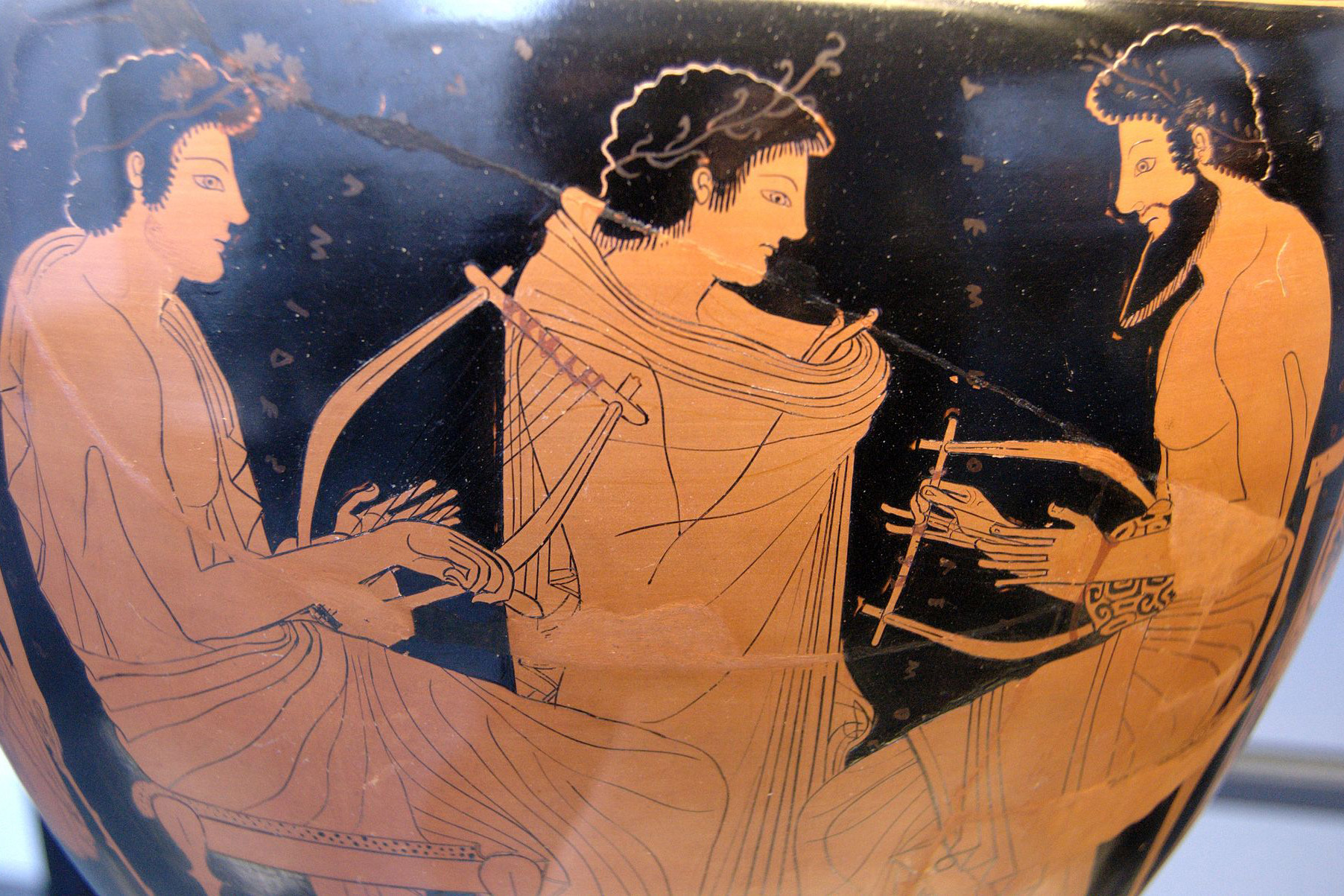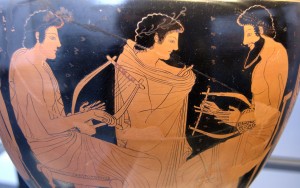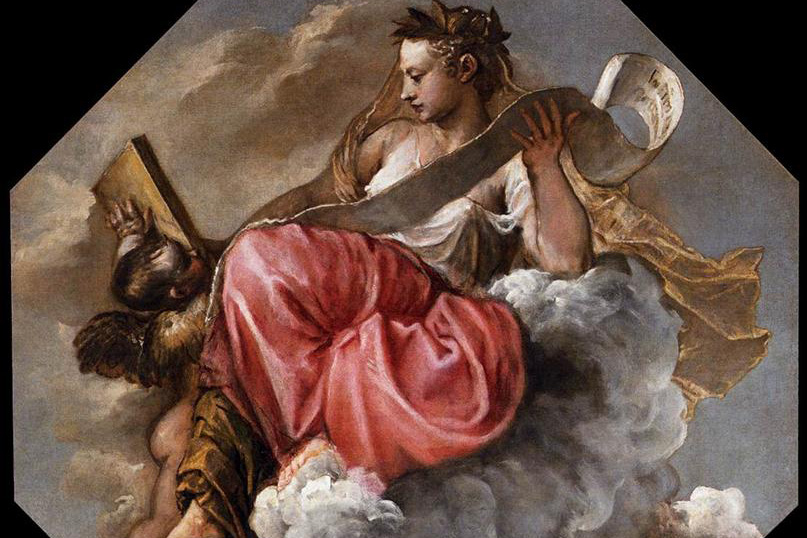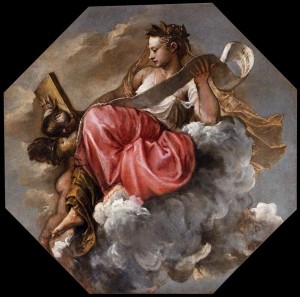 The humorous video below well illustrates some of the following lines from the Book of Ecclesiastes:
The humorous video below well illustrates some of the following lines from the Book of Ecclesiastes:
The fool folds his arms and consumes his own flesh. Better one handful with tranquility than two handfuls with toil and a chasing after the wind….Whoever loves money never has enough; whoever loves wealth is never satisfied with their income. This too is vanity. As goods increase, so do those who consume them. And what benefit are they to the owners except to feast their eyes on them? The sleep of a laborer is sweet, whether they eat little or much, but as for the rich, their abundance permits them no sleep. (Eccles 4:5-6, 5:9-11).
Yes, it is too easily a sad truth that the more we get, the more we want. And even though we begin to discover that our greed robs us of our peace, and brings many discomforts and inconveniences, still we run after it! Too rare are those who learn to be satisfied with less in order to enjoy it. And too many are those who crave more and more, but in their pursuit, enjoy what they have less and less.
Consider how some, in their pursuit of the “American Dream” crave the big house in the suburbs: Ah the “great-room” with cathedral ceilings, the tray ceiling in the master bedroom with its “on-suite” master bath, jacuzzi tub, double sinks, granite counter-tops, the his-and-her walk-in closets….well you get the point.
But having all this comes at a price. The suburbs bring nightmarish commutes. Hefty mortgage payments erode income. And even those who can afford the payments, often did not factor in the cost of maintenance, insurance, security, the cost of commuting, and the cost of heating and cooling the 2500-4000 square foot “dream home.”
Bills mount, debt increases, fears and sleeplessness sets in. Arguments about money and upgrades multiply. Perhaps a part time job must be taken, or a young mother must work to afford the “dream.” Commuting parents working extra hours barely know their children who are raised by strangers, daycare workers, school officials, and the media. Concerns multiply, sleep decreases, anger and strife flare.
And though the “dream” is clearly a nightmare, greed demands still more. The thought of selling, and buying a smaller home and being satisfied, seems quite impossible for too many.
The thus, as the biblical text above says, “the fool folds his arms” that is, he doubles down and stubbornly refuses any true assessment of the vanity of riches, and the inconvenience and headache they bring.
This video below humorously illustrates this biblical insight. A man walking the street sees a valuable 10 Pound note stuck beneath the tire of a car. And after several attempts to free the money, he realizes that he will have to wait for the parked car to be moved. So, as the biblical text above says, “He folds his arms” and is determined to wait.
Hmm… Is it really worth the wait? All that time, inconvenience, and uncertainty? Greed says yes! He spies a more comfortable spot in the window of a nearby coffee shop and enters, seats himself at the window, and starts spending his money in the cafe, wasting his time, and anxiously waiting for his moment to get more. In his wait are many anxious moments when he worries that someone else may get the money instead of him.
Yes, his desire for more not only has him anxious, it also has him in contention with others who might get what he wants. Suddenly everyone seems like an enemy or a competitor.
And here is a pretty good picture of too many of us today, anxiously waiting in traffic, in shopping lines, wasting time, all to get more. We look nervously to others and worry they might have more than we do, or get what we want. Tempers flare and suspicion too.
The humorous end I will not give away, but us simply say it fulfills the biblical text above with says, As goods increase, so do those who consume them.
A final note. The cafe he enters is called the “Punch and Judy Cafe.” No time to develop all the history here, but simply to note that Punch and Judy shows were an old form of entertainment using puppets (See photo, above right). The shows were a kind of dark comedy that gave a kind of sideways look at the less attractive aspects of culture and people. The main character “Punch” often violently lashes out at the other characters as if to say, “Life and the darker side of things and people tend to hit you where it hurts.” In the “Punch and Judy” Cafe of life, our darker side, in this case greed, often deliver a real gut-punch, a sucker-punch, a punch where it hurts.
Enjoy this video, but take seriously its message. If the embed code doesn’t work for you here is the URL: http://gloria.tv/?media=474475



